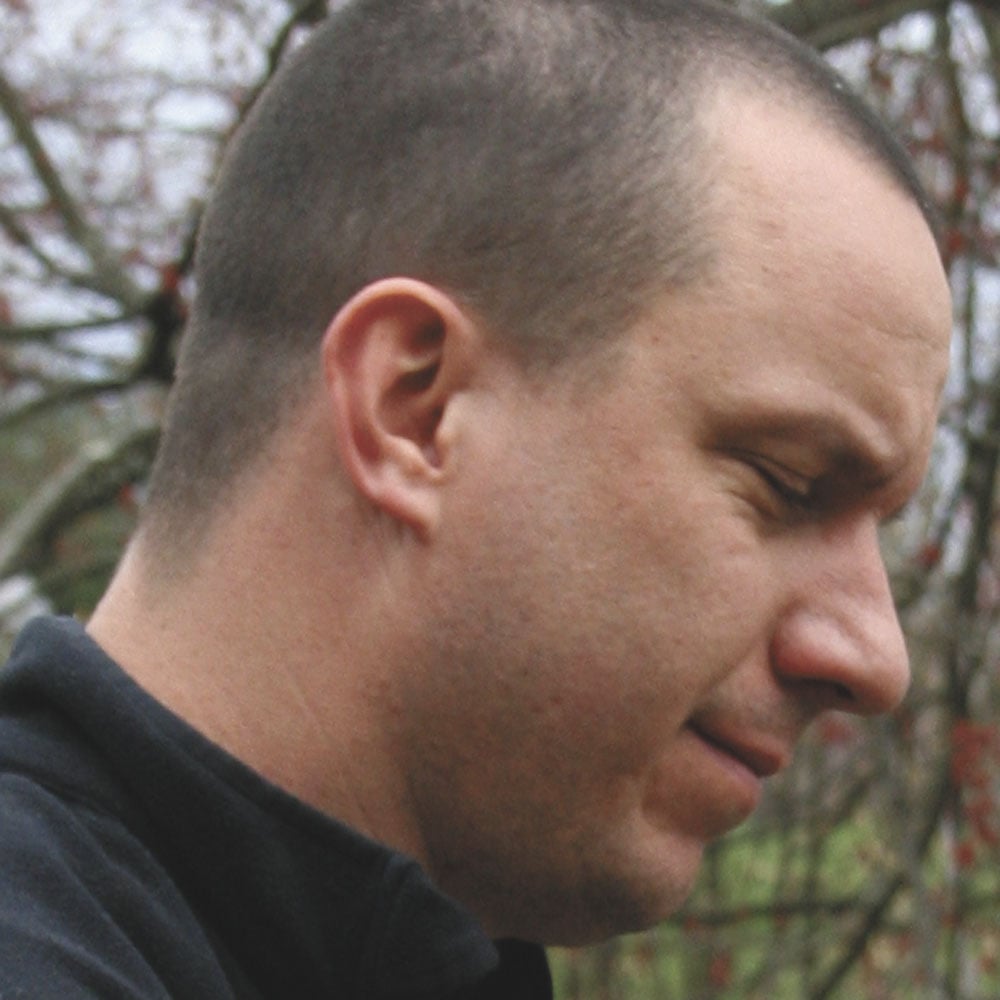If you’ve spent any time in the South, you’re familiar with the invasive green vine called kudzu. It was introduced to America in 1876 as part of a Japanese garden display during the Philadelphia Centennial Exposition. Gardeners thought it was pretty and began using it in decorative landscaping, but kudzu didn’t really spread until the 1930s, when the Civilian Conservation Corps planted it across the country for erosion control. It worked so well at halting erosion that farmers were paid $8 an acre to plant the vine in the ‘40s. By the ‘70s, the federal government realized their mistake and declared kudzu an invasive weed, but the damage was done. The Southeastern climate proved to be perfect for growing the vine (heavy rainfall, hot summers, no natural predators), which now covers more than 7 million acres throughout the region. The weed can grow a foot a day in ideal conditions and now threatens the life of our natural forests.
The U.S. Forest Service has been researching how to kill kudzu for two decades but has yet to find an effective method. Industrious southerners have used the vine for basket weaving, livestock grazing, and even medicine (Harvard Medical School is researching kudzu in the treatment of alcoholism). Some folks even eat the plant (fried kudzu leaves, anyone?). Now, Agro Gas Industries, a small company in East Tennessee, wants to use kudzu as a stock for biofuel. They call it Kudzunol, and they claim it can become the country’s next great fuel source. BRO talked with Agro Gas Industries founder, Doug Mizell, about the future of this southern weed.
When did you discover kudzu can be used as a biofuel?
I started working on turning kudzu into ethanol in the late ‘90s. It occurred to me that if a plant grew this fast, it must have high concentrations of chlorophyll, which is a natural sugar. Being a good southern boy, I figured it could be a good source for moonshine. I made my first batch of kudzu moonshine on a table-top still that we called the African Queen. It was a 30-gallon milk jug with $300 worth of copper tubing. Even though I was making moonshine, I knew it could be used as a fuel, but it wasn’t commercially viable in the ‘90s. So I waited for the right time. And $4 gasoline seemed like the right time.
Why make ethanol from kudzu? Why not corn?
There are 7.2 million acres of kudzu in the South. It’s growing unchecked at 125,000 acres a year. And you can harvest it twice a year without affecting its growth pattern. We have the potential to make eastern Tennessee and north Georgia the Saudi Arabia of this country. It’s not just kudzu, but agriculture waste products. It’s all readily available right here.
What exactly are the agriculture waste products added to Kudzunol?
Grass clippings, saw dust, food waste, the tops of potato plants and melon patches and peanut plants. We can make fuels from anything green. If it’s got cellulosic sugar, I can make fuel from it. We’re fortunate enough to live in a place where kudzu is plentiful, so we use that as the hook to our country song. But there should never be a fuel shortage in this country. You can make gas from amazing things. That’s been part of our sermon all along. Our company will never make fuel from food or feed. Corn is a commodity, so as soon as you put another pressure on it, their price goes up. But fuel from zero value feed stocks like kudzu is cheap and has none of the negative environmental or social implications.
Do you have any competition in the field of kudzu ethanol?
Nobody in the country is promoting cellulosic ethanol this way, and nobody has our distilling process. Traditionally, you use intense heat to distill ethanol. That’s what makes it so energy intensive and expensive. We’ve created a way to do it without heat.
What’s holding you back from taking Kudzunol nationwide?
Funding. But we’re close. We’re talking to investors. We need $3.5 million to put up a proofing plant that could put out 15 million gallons a year. One oil company with a chain of gas stations has already promised to buy all the ethanol we can produce once we’re up and running. The USDA has a guaranteed loan project for alternative fuels where if you have 20% of the funds in place, it will put up the remaining 80%. It’s part of the new energy policy. We think it’s a precursor to even better things.










